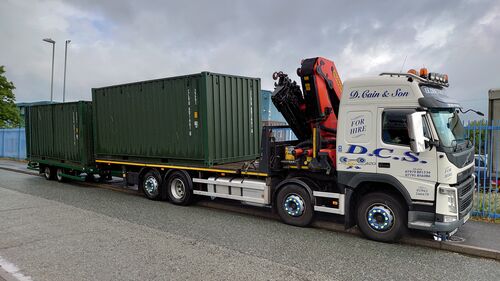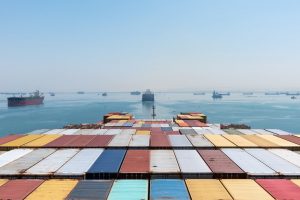
Shipping containers have become an integral part of global trade, revolutionizing the way goods are transported across the world. However, concerns about their safety have arisen, prompting the question: Are shipping containers safe? In this blog post, we will delve into the various aspects of shipping container safety, exploring their design, structural integrity, and potential hazards. By shedding light on this topic, we aim to provide a comprehensive understanding of the safety measures associated with shipping containers.
- Design and Construction:
Shipping containers are meticulously designed and constructed to withstand the harsh conditions of international shipping. Made from durable materials such as steel, they are engineered to withstand extreme weather, heavy loads, and rough handling. The standardized dimensions and corner castings ensure compatibility and facilitate efficient stacking and transportation. - Structural Integrity:
One of the primary concerns regarding shipping container safety is their structural integrity. It is crucial to ensure that containers remain structurally sound throughout their lifespan. Regular inspections, maintenance, and adherence to international standards, such as ISO 1496, are essential to guarantee their safety. These measures include checking for corrosion, assessing the condition of the flooring, and inspecting the doors, hinges, and locking mechanisms. - Hazardous Materials:
Shipping containers are often used to transport hazardous materials, raising concerns about potential risks. However, stringent regulations and guidelines are in place to mitigate these risks. Containers carrying hazardous substances undergo rigorous testing, labeling, and documentation processes to ensure compliance with international safety standards. Additionally, specialized containers equipped with safety features are used for the transportation of dangerous goods. - Security Measures:
In an era of heightened security concerns, shipping container safety extends beyond structural integrity. Measures such as tamper-evident seals, GPS tracking systems, and advanced locking mechanisms help prevent unauthorized access and ensure the security of the cargo. These security features, coupled with strict customs procedures and container tracking technologies, contribute to the overall safety of shipping containers. - Environmental Considerations:
Apart from safety concerns, shipping containers also have an environmental impact. The use of eco-friendly materials, such as bamboo flooring and low-emission paints, is becoming increasingly common. Additionally, initiatives promoting container reuse, recycling, and repurposing are gaining traction, reducing waste and minimizing the environmental footprint of shipping containers.
Conclusion:
Shipping containers are indeed safe for the transportation of goods, provided that proper safety measures are followed. From their robust design and structural integrity to the regulations governing hazardous materials and security, shipping containers undergo rigorous scrutiny to ensure safety. By understanding the intricacies of shipping container safety, we can confidently embrace their role in global trade while mitigating potential risks.


